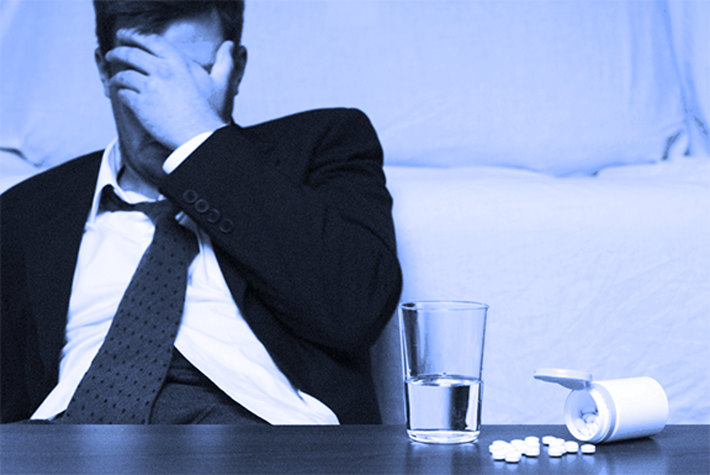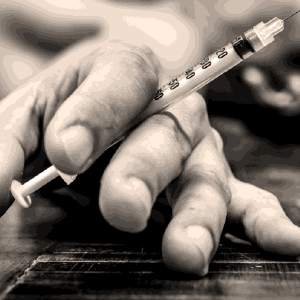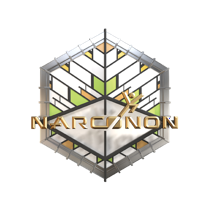Why Does Naloxone Use Provoke Such Anger from Some People?
If you’re in a group of people working in drug rehab and you mention the opioid antidote naloxone, you’ll probably hear relief and appreciation for this drug that saves lives. But if you make a comment about naloxone in a broad online community, the response often ranges from appreciation to outright condemnation of those who use it to save lives. Some of the negative responses are both brutal and baffling. How can anyone wish for those who overdose to die without care?
There are two answers that are the most likely. The first is that those holding this negative opinion lack the ability to care for anyone. The second is that they have no grasp of how easy it is to become addicted and lose everything. If just a few things were different in their lives, it could be them we’re talking about.
The Ease of Becoming Addicted

The easy route to addiction in America began with the aggressive and fraudulent marketing of OxyContin in the mid-1960s. Executives at Purdue Pharma, the patent-holder for this formulation, came up with a plan to popularize this painkiller over older ones. Their plan was flanked by a major campaign run through the medical community that taught that “pain was the fifth vital sign” meaning that medical staff should monitor blood pressure, temperature, respiration, heart rate and now, pain, in order to provide the best level of care for patients. Doctors and nurses were hit hard and repeatedly with the message that “pain is undertreated.” Gradually, the whole medical community rallied around this concept. The sales of painkillers began to grow.
The problem was that doctors were told that OxyContin was not addictive and that it had little abuse potential. Creative and convincing marketing methods drummed this message into the minds of one doctor after another. Pharmaceutical reps began to collect astronomical bonuses for converting doctors from older painkillers to OxyContin. But indeed, OxyContin was incredibly addictive and would be abused by many, many thousands of patients.
The ones who really suffered were the patients. They went home with full bottles of painkillers for injuries that might hurt for a few days. With these full bottles around, some people stayed on the pills after the pain went away. Other people remembered how mellow they felt on the painkillers and went back to the bottle later, when life got tough. And some young people who heard how great the high from these pills was filched pills out of the bottle or from the bedside of grandma or grandpa until they found themselves addicted. For some people, it takes hardly any time at all.
A Switch to Heroin
The problem intensified when those who were addicted ran out of money. Heroin is, in many locations, about a fifth of the price of pills. Chemically, it is almost identical. When a person has lost his job and his home, he doesn’t have the money to continue to buy pills from either a doctor or a drug dealer. Heroin is much cheaper and these days, you can simply send a text message and get a delivery.
But with the fluctuating potency of heroin AND the arrival on the market of vastly stronger synthetic opioids that began to be mixed into heroin supplies, the number of people overdosing began to hit truly frightening levels. In some states and some counties, as many as 21 people could overdose in 24 hours. This is what happened in Columbus, Ohio in September 2016.
There is no “typical” profile for a person who winds up overdosing on heroin in Ohio or any other state. It could be a soccer mom, a news anchor, a doctor, a mechanic or a baseball coach. Too often, young adults or teens become addicted after receiving powerful painkillers for dental work or a sports injury and they die before they even have a chance to pick a profession.
As naloxone has begun to be used by more municipalities to reverse the effects of an overdose, naloxone is keeping the vast majority of people who overdose alive. There is no possibility these individuals would ever have a chance for rehabilitation if they die from an overdose. When possible, first responders get those who overdose to a hospital where they can be encouraged to start a drug rehab program.
No one ever asks to become addicted. The fact is that the route to becoming addicted is not well marked. Too many doctors are not educated on how to prevent addiction. Too few youth have an understanding of the danger of abusing pills they find around the home. There are too many drugs easily accessible and too little education. It’s truly a tough time for American families.
Prevention and Recovery
Parents are encouraged to speak to their children early and very often about the danger of using drugs and how that path can start with something as simple as smoking pot or drinking. The extraordinary danger of pills, heroin and cocaine should be explained, always with facts and without exaggeration. We owe it to our youth to educate them so they can protect their own sobriety with the correct decisions when they see drugs being used around them.
When it’s too late to prevent drug use, when a person has lost their way due to drugs or alcohol, then Narconon Arrowhead can help. For more than 20 years, we have been helping those from all over the country who come to us for new, sober lives. And we do this job without the use of any drugs of any kind.
Learn how we are able to help a person build a new sober life from the ground up at our rehabilitation facility in Oklahoma. Call us today: 1-800-468-6933.
http://kron4.com/2016/09/30/21-overdoses-reported-in-ohio-city-within-24-hours/


